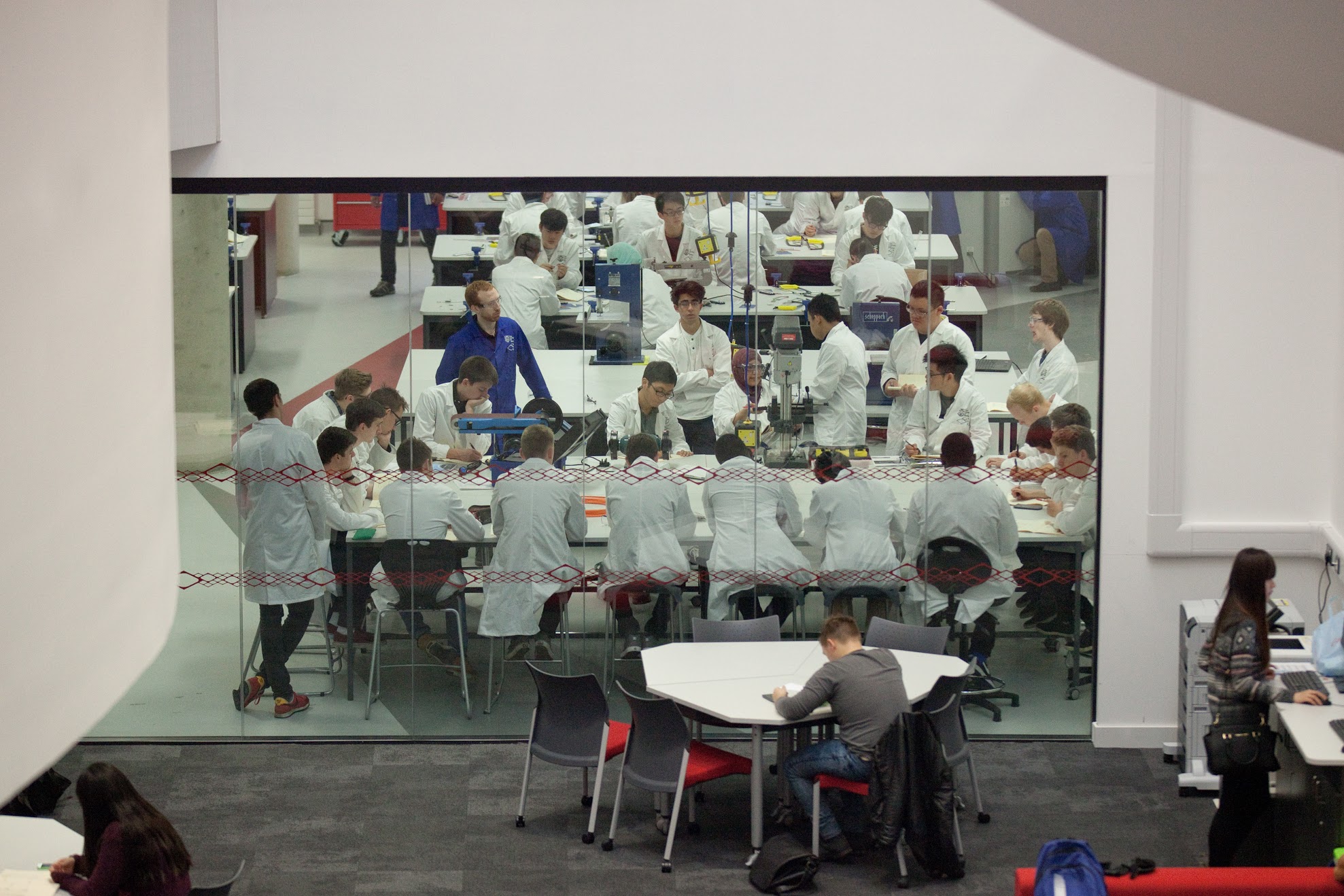
Playing by the rules
The conventions we have learned about this week are not about adhering to a set of arbitrary, pedantic rules. There are pragmatic reasons why reports are written in this particular way.
Your results should be verifiable.
An important aspect of any scientific reporting is the ability to check that results obtained are credible. Your report should include enough details to allow the work to be conducted by the reader at a later date, to validate that the results are reproducible.
Your reader should always know where to find the right information.
If information is given in the way the reader expects, then it will make it easy for them to quickly locate the information they need.
Your report should be interpreted correctly.
Your report can contain both objective statement of fact, such as the result obtained from an experiment, and subjective conjecture, such as your opinion on what has caused the results you have observed. By ensuring you place the different types of content in the appropriate standard sections, your reader will not be confused about whether a statement is something you claim to be fact or a possibility you are proposing.
Your documents should look professional.
If the content of the work is important to communicate to the reader, an unprofessional appearance can pose a barrier to that dissemination of information.
It makes sense!
There are many practical reasons for following these conventions too, just imagine dropping a report that had no page numbers on the floor.
These conventions will apply to all of the technical engineering reports that you write throughout your career, so they are worth taking the time to learn.